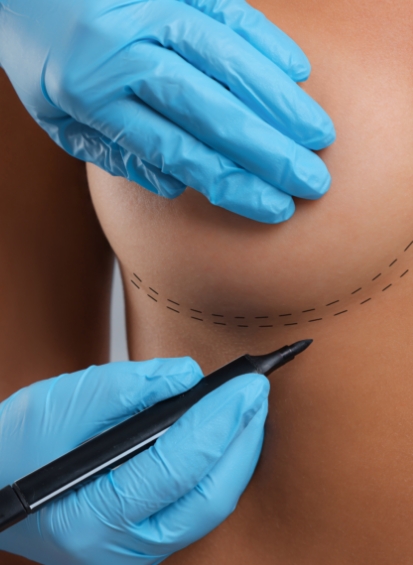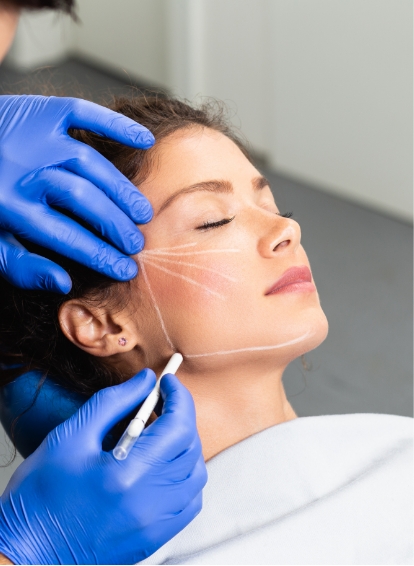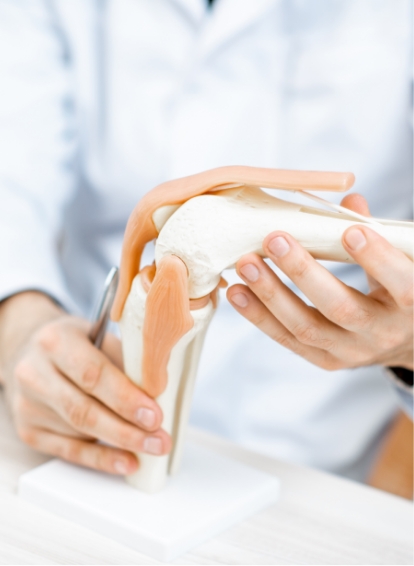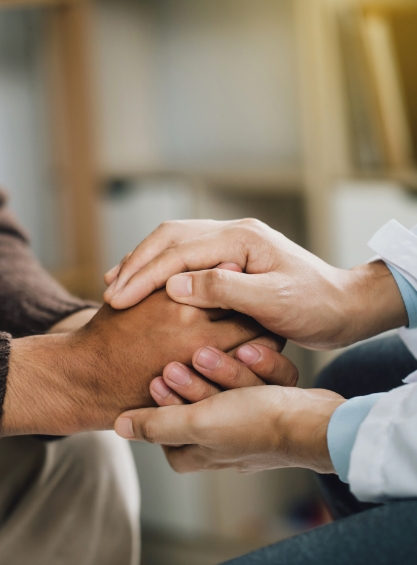Sports & Non-Surgical Orthopaedic Treatments
Sport Injuries
Sports injuries are common among both recreational and professional athletes, often resulting from overuse, trauma, or improper technique. These injuries can affect muscles, ligaments, tendons, or bones, leading to pain, swelling, and restricted movement. Common sports injuries include sprains, strains, fractures, and tendon injuries.
At The Clinica, our Consultant in Sports Medicine and Minimally Invasive Orthopaedics will provide tailored treatment plans to diagnose, treat, and prevent sports injuries, helping patients recover quickly and return to their active lifestyles with confidence.
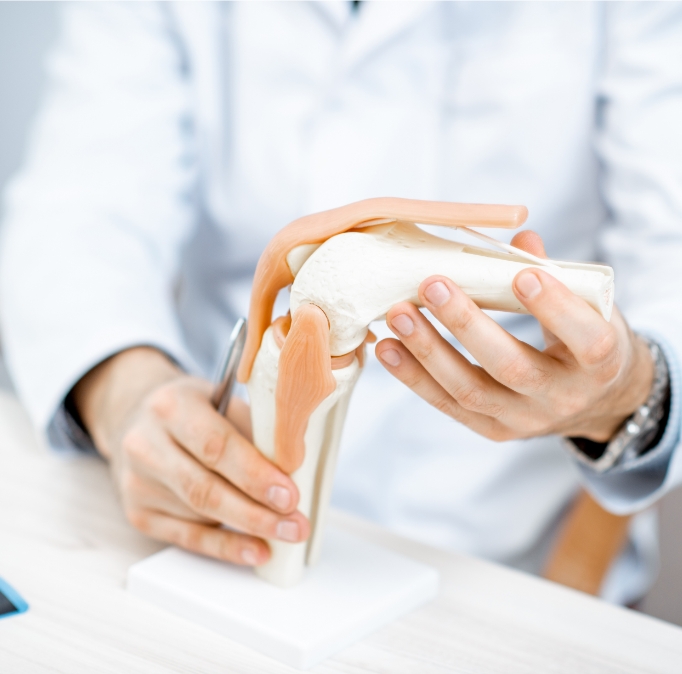
What is it?
Sports injuries encompass a wide range of injuries sustained during physical activity, often due to accidents, improper technique, or overuse. These injuries can affect any part of the musculoskeletal system, including muscles, bones, ligaments, and tendons. Some of the most common sports injuries include sprains (ligament injuries), strains (muscle or tendon injuries), fractures, and tendonitis.
Sports injuries vary in severity, from mild strains that require rest to more serious fractures or ligament tears that may need surgical intervention. Acute injuries occur suddenly, often due to a fall or collision, while chronic sports injuries develop over time due to repetitive stress on a specific area of the body. For example, “runner’s knee” and “tennis elbow” are both chronic sports injuries resulting from repetitive motion.
Understanding the nature of a sports injury is essential for effective treatment, as the approach differs depending on the type and severity of the injury. Immediate treatment often focuses on reducing pain and swelling, while longer-term management aims to restore mobility and prevent recurrence.
Book an appointment
Additional Information

Causes of the condition
The causes of sports injuries vary depending on the type of activity and individual biomechanics. Acute injuries, such as sprains and fractures, are often caused by accidents or falls during high-impact activities. These injuries can result from sudden forces that strain the muscles, ligaments, and bones beyond their limits. Contact sports, like football or rugby, carry a higher risk of such injuries due to physical impact.
Chronic sports injuries develop from overuse and repetitive stress on a specific joint or muscle group. For instance, tennis players may develop tendonitis in the elbow, while runners are prone to knee and shin injuries. Poor technique, inadequate warm-up, or muscle imbalances can contribute to the development of chronic injuries by placing excessive strain on certain areas of the body.
Environmental factors, such as improper footwear, playing surface, and training conditions, also play a role in the likelihood of sports injuries. Inadequate recovery time between sessions can further increase the risk, as muscles and tendons need time to repair and adapt to physical demands.
Tests that can be done to confirm the condition
Diagnosing sports injuries begins with a physical examination and a review of the patient’s medical history, including details of the activity that caused the injury. The clinician will assess the affected area for signs of swelling, bruising, and limited range of motion. Based on these findings, additional tests may be recommended to confirm the diagnosis and determine the extent of the injury.
Imaging tests, such as X-rays, MRI, and ultrasound, are commonly used to evaluate sports injuries. X-rays can reveal fractures and other bone abnormalities, while MRI scans provide detailed images of soft tissues, such as muscles, tendons, and ligaments, making it easier to detect tears or inflammation. Ultrasound may be used to visualise tendon and ligament injuries, as it offers real-time imaging and is particularly useful for assessing movement.
For certain injuries, diagnostic tests like bone scans or CT scans may be required to provide a comprehensive view of complex fractures or to identify stress fractures, which are often missed by traditional X-rays.
Effective treatments
The treatment of sports injuries varies depending on the type and severity of the injury, but it generally involves rest, rehabilitation, and targeted therapies to reduce pain and restore function. For acute injuries, the RICE method (Rest, Ice, Compression, and Elevation) is often recommended to alleviate initial pain and swelling. Resting the affected area is crucial to allow healing and prevent further damage.
Physical therapy plays a central role in sports injury recovery, focusing on strengthening muscles, restoring joint flexibility, and enhancing coordination. A tailored rehabilitation program helps rebuild strength, improve range of motion, and prevent recurrence. In some cases, taping or bracing may be used to support the injured area during the recovery phase.
Non-surgical treatments, such as corticosteroid or platelet-rich plasma (PRP) injections, can be effective in reducing inflammation and promoting healing for chronic injuries, such as tendonitis. PRP injections, which use the patient’s blood to deliver growth factors directly to the injury site, stimulate tissue repair and can accelerate recovery. For more severe injuries, such as ligament tears or fractures, surgical intervention may be necessary to repair or reconstruct damaged structures.
Book an appointment for an initial consultation
Booking an initial consultation at The Clinica is the first step towards effective sports injury management and recovery. During this consultation, our specialist will conduct a thorough assessment, discuss your symptoms, and review your medical history to identify potential causes and contributing factors. This comprehensive evaluation helps in forming a diagnosis and creating a tailored treatment plan to address the injury.
If necessary, imaging tests will be arranged to confirm the diagnosis and assess the extent of the damage. Once the diagnosis is confirmed, a personalised rehabilitation and treatment plan will be developed to support recovery, strengthen the affected area, and help you return to your sport safely.
Frequently Asked questions
Recovery time depends on the type and severity of the injury. Mild strains may heal within weeks, while fractures or ligament tears may take several months to recover fully.
Yes, PRP injections are effective for chronic sports injuries, particularly tendonitis. They promote healing by delivering concentrated growth factors to the injured area, aiding tissue repair.
While not all injuries are preventable, proper warm-up, good technique, adequate rest, and strength training can reduce the risk of sports injuries. Using appropriate equipment also helps prevent injury.
For acute injuries, follow the RICE method: Rest, Ice, Compression, and Elevation. Avoid putting weight on the injured area and seek medical assessment if the pain is severe or persistent.
Surgery is usually considered only for severe injuries, such as complex fractures or torn ligaments, that do not respond to conservative treatments like physical therapy and injections.
Specialised Clinics
General Enquiries
Please send your enquiry to us and our Practice Manager will be in touch shortly. Alternatively, if you would rather speak to us or your enquiry requires our urgent attention, please call us on 01344 946363.

